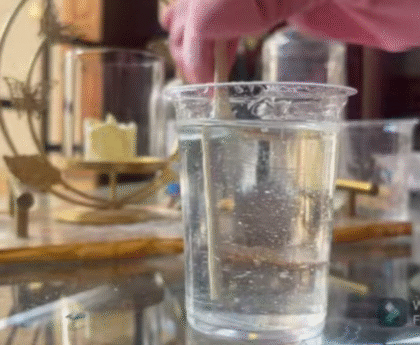Resin Code 4: Low-Density Polyethylene (LDPE)
Low-Density Polyethylene (LDPE), designated by Resin Code 4, is a widely used and highly versatile plastic. Known for its flexibility, toughness, and ease of processing, LDPE is found in numerous applications ranging from packaging to consumer goods. In this article, we will explore what LDPE is, its common uses, benefits, recycling process, and its environmental impact.
What is LDPE?
Low-Density Polyethylene (LDPE) is a thermoplastic polymer made from the monomer ethylene. It is characterized by its low density, which results from the high degree of branching in its polymer chains. This structure gives LDPE its notable flexibility and resilience.
Common Uses of LDPE
LDPE is used in a wide array of applications due to its unique properties. Some common uses include:
- Plastic Bags: LDPE is extensively used to produce shopping bags, grocery bags, and produce bags.
- Packaging Films: It is used in film applications for packaging, including stretch wraps, bubble wrap, and shrink films.
- Containers and Bottles: LDPE is used for squeeze bottles, lids, and other packaging applications where flexibility is required.
- Household Goods: Products such as plastic wraps, trash can liners, and floor tiles are often made from LDPE.
- Toys: Due to its softness and safety, LDPE is used in making various toys and play equipment.
Benefits of LDPE
- Flexibility and Toughness: LDPE is highly flexible and can withstand impacts without breaking, making it ideal for products that require durability.
- Chemical Resistance: It is resistant to acids, bases, and many chemicals, making it suitable for a variety of applications.
- Moisture Barrier: LDPE provides an effective barrier against moisture, which is why it is commonly used in packaging.
- Ease of Processing: LDPE is easy to process and mold into various shapes, which reduces manufacturing costs.
Recycling LDPE
Recycling LDPE can be challenging due to contamination and the lightweight nature of many LDPE products. However, the recycling process generally involves:
- Collection: LDPE products are collected through curbside recycling programs, drop-off centers, and commercial recycling initiatives.
- Sorting: The collected LDPE is sorted to remove contaminants and separate it from other types of plastics.
- Cleaning: The sorted LDPE is washed to remove any residues, labels, and impurities.
- Shredding: Clean LDPE is shredded into small flakes or pellets.
- Reprocessing: These flakes or pellets are melted and reformed into new products, such as plastic lumber, floor tiles, and new packaging materials.
Environmental Impact
Recycling LDPE offers several environmental benefits, but there are also challenges:
- Waste Reduction: Recycling LDPE helps reduce the amount of plastic waste that ends up in landfills and the natural environment.
- Resource Conservation: Using recycled LDPE conserves raw materials and reduces the demand for virgin plastic production.
- Energy Savings: Recycling LDPE saves energy compared to producing new LDPE from raw materials.
- Recycling Challenges: LDPE’s light weight and tendency to become contaminated with food residues and other materials can complicate the recycling process.
Conclusion
Resin Code 4, or LDPE, is a flexible, tough, and widely used plastic that plays a crucial role in packaging and many other applications. Despite the challenges associated with recycling LDPE, its benefits and versatility make it an important material in today’s plastic industry. By understanding the importance of LDPE and supporting recycling efforts, consumers and industries can help reduce the environmental impact of plastic waste. Always check for the resin code on plastic products and follow local recycling guidelines to ensure that LDPE is properly managed and recycled.


